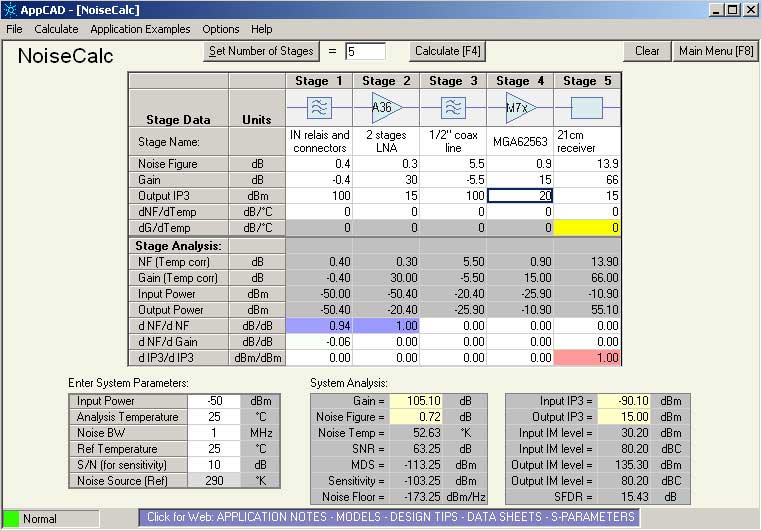
Radio astronomy research equipments has some requirements common to SETI and EME activity: very weak signals to detect, best antenna systems performances, very low noise figure of first receiving chain RF amplifier etc.
The main difference is that both SETI and EME, up to now, are oriented to narrow band signals, with high spectral efficency.
Celestial radio sources are usually producing broad band signals so, in a total power radiometer, the input bandwidth will be pretty wide (up to some MHz).
A general introduction to radio astronomy techniques and measurements theory can be found in
Radio astronomy links and documents.
Our radio astronomical receiving system operates at neutral hydrogen line band (21cm) and use the same RF equipment as for SETI to down convert the RF signal at lower frequencies.
Then a total power detection system make a conversion from RF power received to an equivalent DC voltage. By this way is possible to measure the amount of power received from the radio source. Following block diagram shows main functions of the total power receiver:

Basically, the parts specifically dedicated to the radio astronomy are from the RF power detector to the data acquisition.
An evaluation of 21cm RF system performance is obtained with AppCad analisys software (free distribution by Agilent)

Sun noise measurements, such as strongest radio source receptions, substantially confirms previously evaluated system parameters and performances.